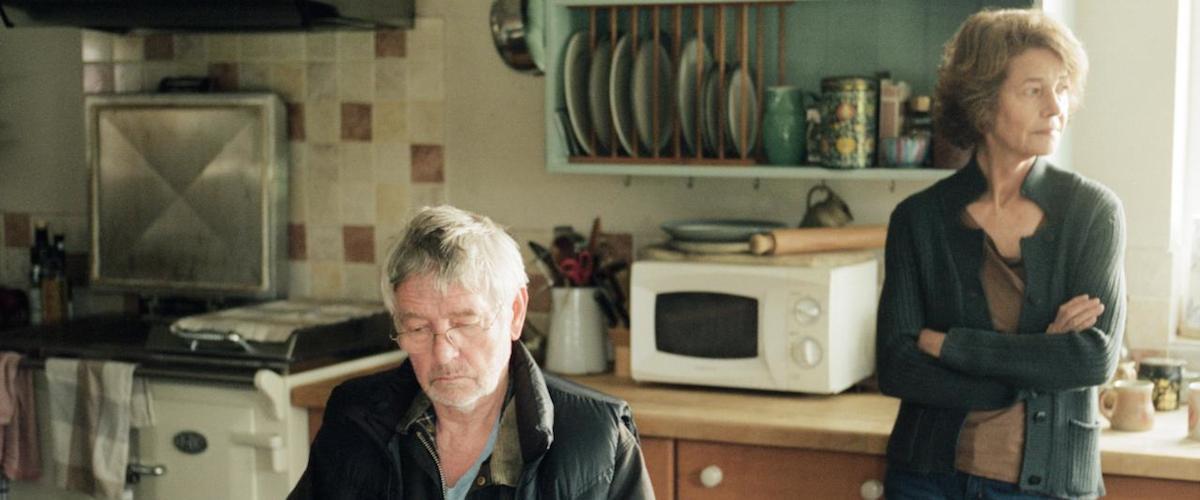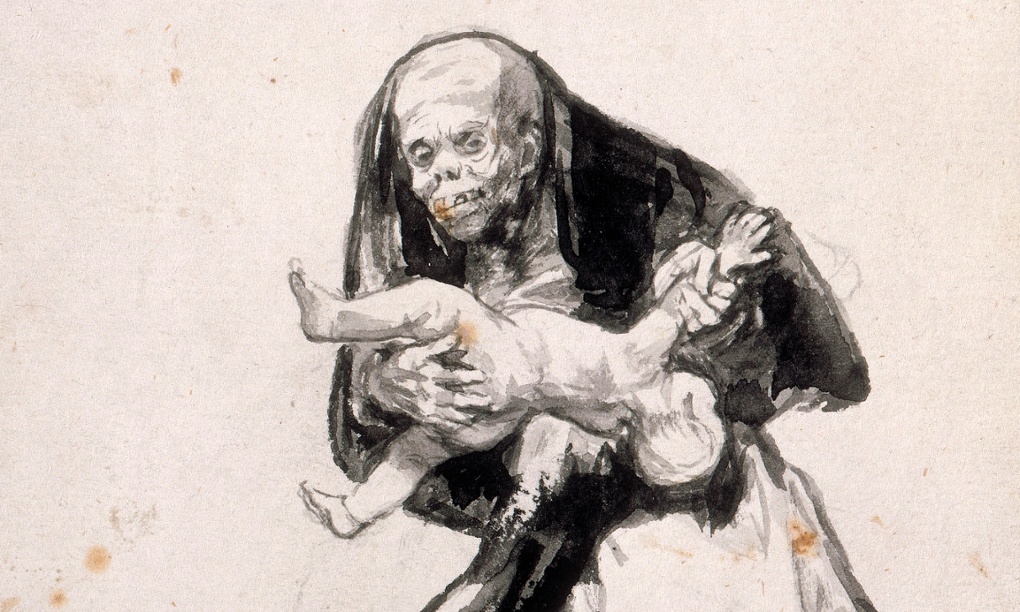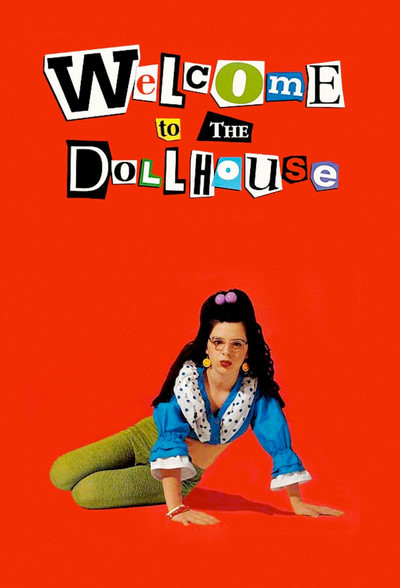Suspicion and jealousy are rarely shown effectively in movies. There’s usually a lot of gnashing of teeth, and actors who aren’t particularly skilled at their job end up looking like the people in those drab daytime dramas, what we used to call “soap operas.” Love is difficult to show, too, that’s why movie soundtracks are so important. The actors can’t show it, so popular songs do it for them.
45 Years is a jewel of a movie because it shows suspicion,
jealousy, and love in realistic portions, and far more successfully than most
movies of the past few decades. I
believed its characters and their relationship, and the way their partnership
had evolved and crystalized over the years, and there were moments when the
movie was witness to that most fragile thing – love – being pricked and slowly
losing its life force. All done, miraculously, without a lot of overblown
acting. Most movies these days are so overdone that the art of acting seems to
be moving backwards, into the silent era. This one is an exception.
The story of 45
Years centers on a long-married couple (Charlotte Rampling and Tom Courtenay)
just a few days away from their 45th wedding anniversary. They’ve
developed a relaxed, comfortable routine, befitting the Norfolk, England
countryside where much of the movie was made. A letter arrives – the body of an
old girlfriend of Courtenay’s has been found in Switzerland, perfectly
preserved in ice. He relates the story: they’d been on a hiking trip through
Europe, and she fell into a fissure. He’d heard her scream, and that was all.
Now, more than 45 years later, the body has been found. This letter sets up an
intense, almost Pinteresque few days of give and take, with Courtenay going
through a myriad of strained emotions, and Rampling learning more than she’d
wanted to know about her husband’s past.
It also provides a ramp from where a pair of fine actors can take off
from.
Though Rampling has been praised for her work here – and
deservedly – Courtenay is every bit as compelling. Unshaven, cryptic, sneaking
out for cigarettes, all the while
showing how this revelation from his past has unnerved him. That his old lover
has been preserved in ice is nice enough
as a symbol, but his concern that global warming might’ve melted the glacier
and washed the body up somewhere is a brilliant way of showing the fear
we have that events from our past might still come back to haunt us. His spluttering
diatribe about an old buddy who has taken up the ukulele is a
mini masterpiece.
Director Andrew Haigh, who adapted the screenplay from a
short story by David Constantine, manages to give each performer plenty of room
to work, but never lets them overindulge. We’re shown many scenes of Rampling
alone in the countryside, or walking by herself downtown, and we get that
there’s lots of distance between her and Courtenay. There’s a beautifully wrought scene where
Courtenay reminisces about the woman who died, how the two of them were
rebelling against society by hiking through Europe. Rampling, who has endured
enough about this unknown woman, finally cracks. “You were just chasing a girl
who liked to be chased,” she says. She’s been the center of Courtenay’s life
for so long that the mere idea of this other woman pounds against her.
The teaming of Rampling and Courtenay is flawless. She
was the epitome of the swinging sixties British chick –her first acting jobs
included an uncredited turn as a nightclub dancer in A Hard Day’s Night, and as Lynn Redgrave’s glamorous roommate in Georgy Girl. Courtenay
was perhaps the angriest of the angry young men of British cinema. It’s
fascinating to see the characters they play here, roles we wouldn’t have
imagined for them back in their 1960s heyday. Courtenay plays a bit of a
dodderer, puttering around the house, attempting to fix the toilet in between
efforts to finish reading that tattered volume of Kierkegaard. She, meanwhile,
still looks vibrant, though she gets just as winded as he does when they dance
in their living room to an old Lloyd Price number. The scenes where they’re happy together have
an incredible, low-key warmth; when it
appears this incident from his past may ruin them, one dreads the likelihood
that they won’t get through it. The
jealousy that has bubbled up in Rampling, so new and eager to dominate her
every thought, is too much for her to beat down.
As most people know, Rampling’s performance was nominated
for an Oscar, but she lost to Brie Larson. I liked Brie Larson in Room, but her performance, as difficult
and draining as it may have been, came nowhere near the depth and subtlety of
what Rampling did in 45 Years. Some wags have said that Rampling hurt her
own chances with her recent comments about racial diversity. Granted, she
sounded uninformed, and could've used a good spin doctor, but if anyone didn’t
vote for her because of something she said, I can only say shame on them for
letting politics get in the way of art. Then again, maybe the votes had already
been tallied. Courtenay, too, deserved a nomination. His turn here as Geoff
Mercer was impeccable. Watching him realize his marriage is in jeopardy and
then working to win his wife back was
far more moving than watching Leo DiCaprio wrestle a fake bear.
If nothing else, it was nice to come out of a theater not
thinking about special effects, but about how love is a difficult thing,
and how something damning is out there for all of us, just waiting,
preserved in ice.






